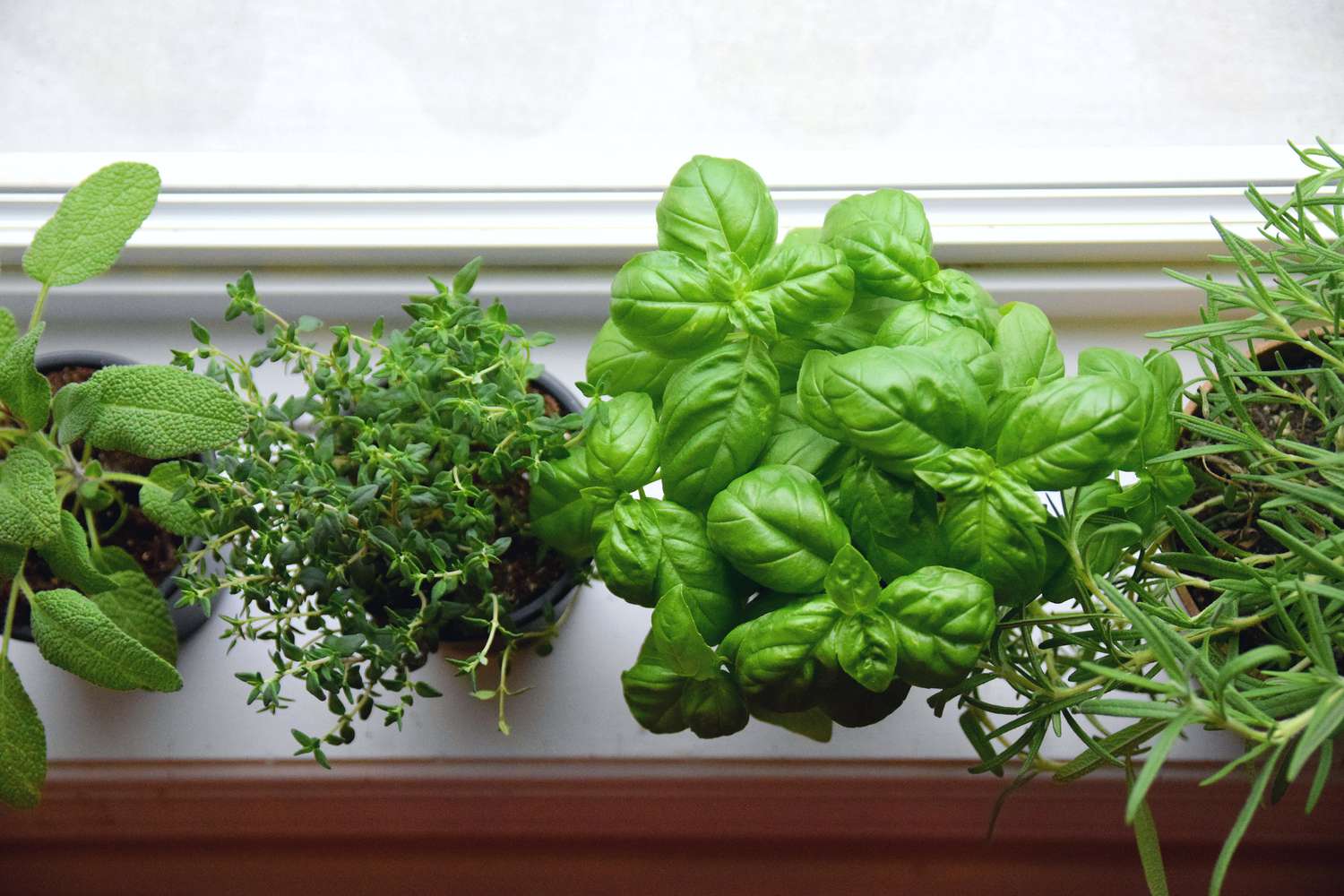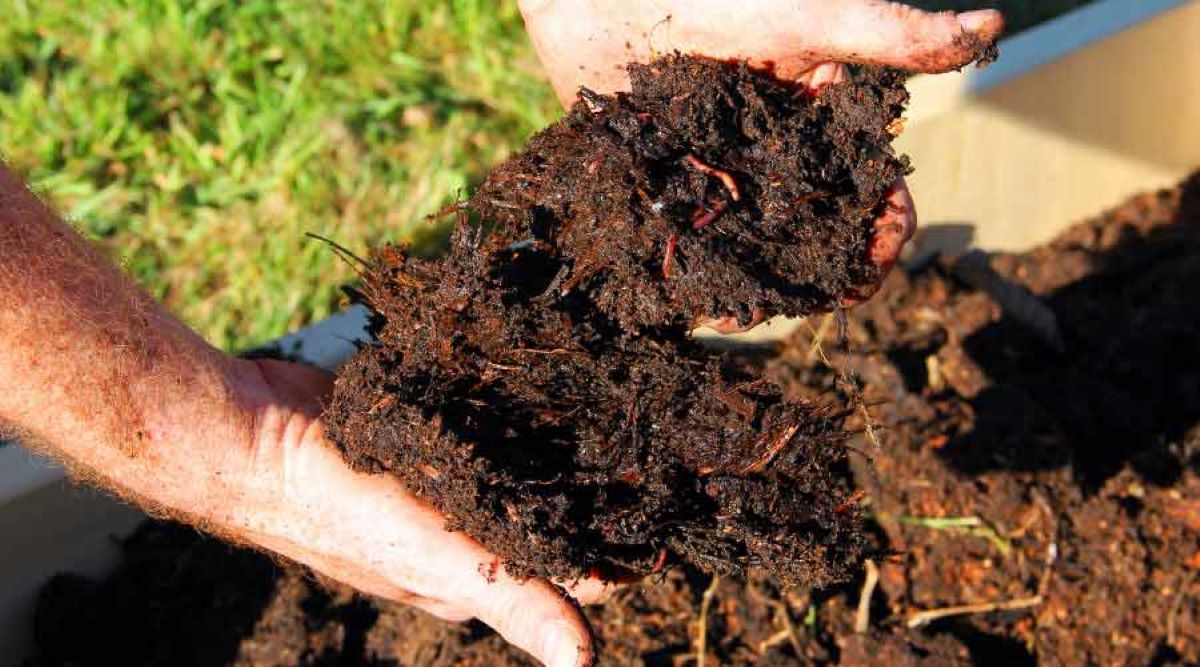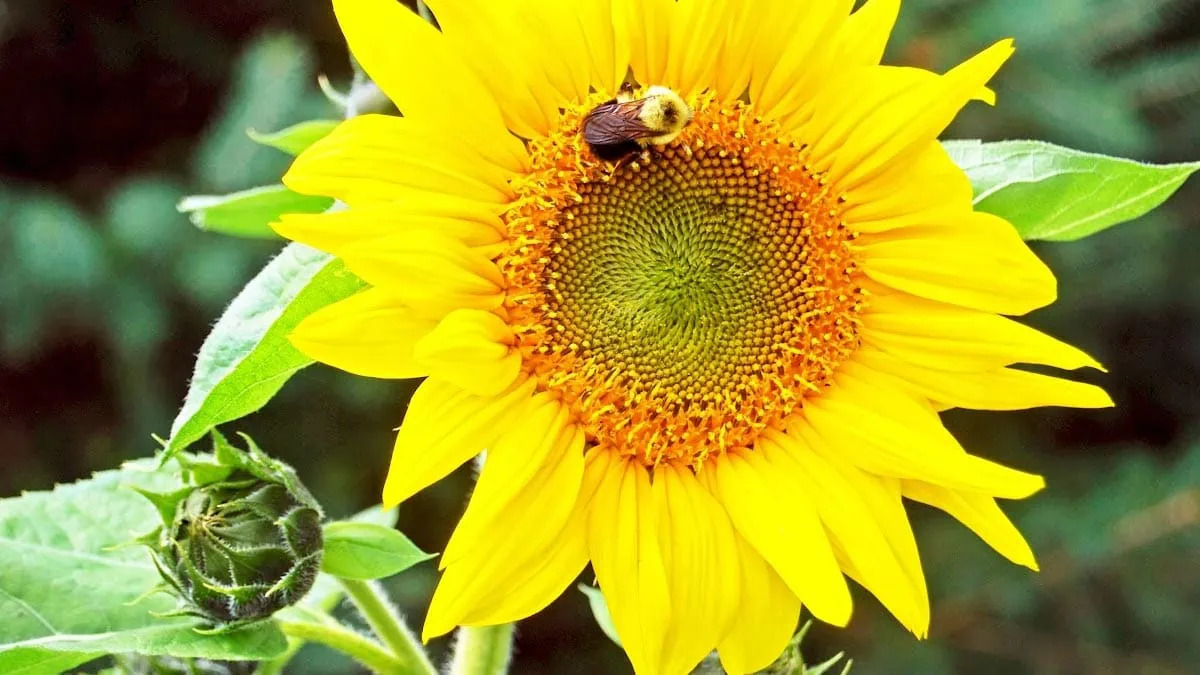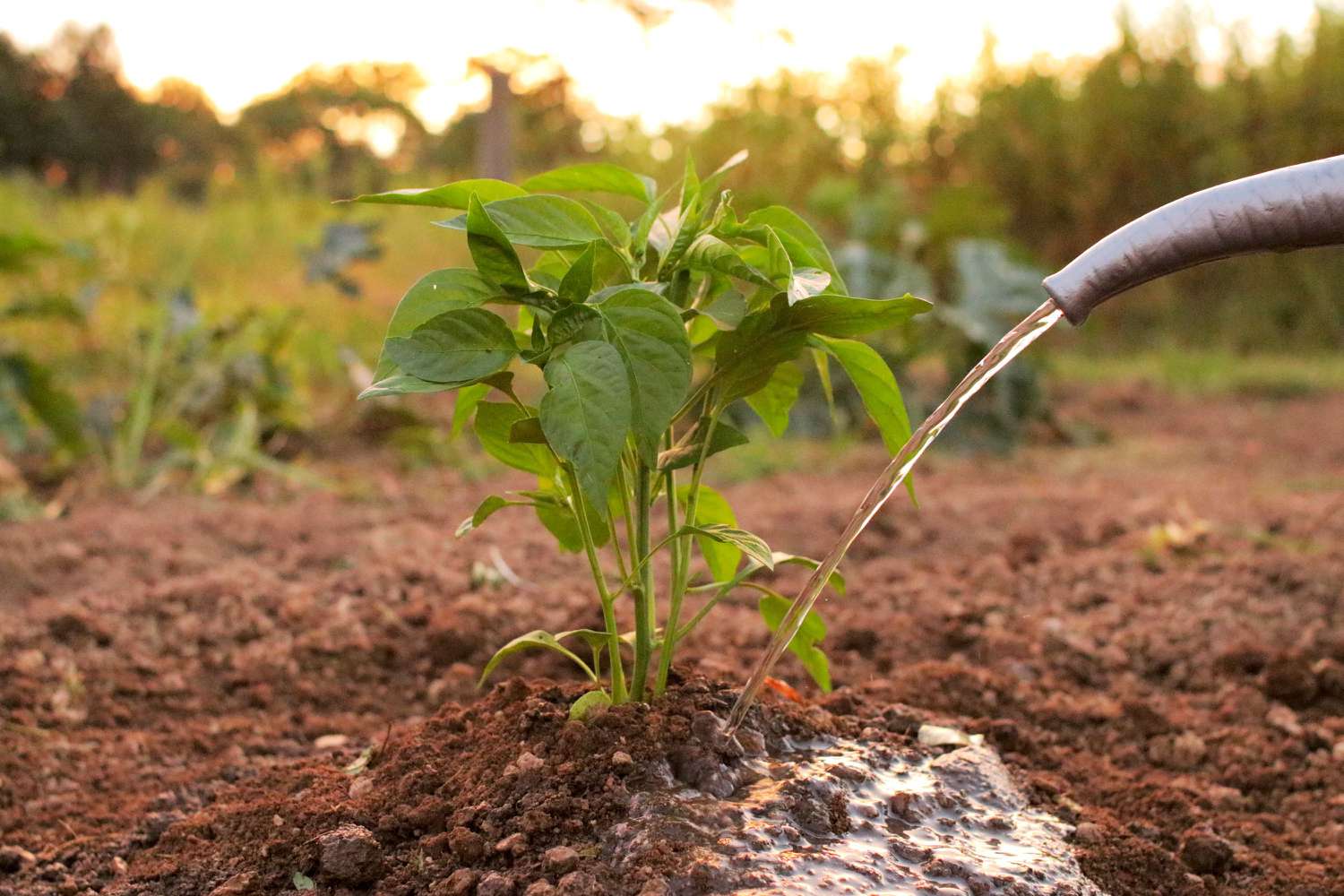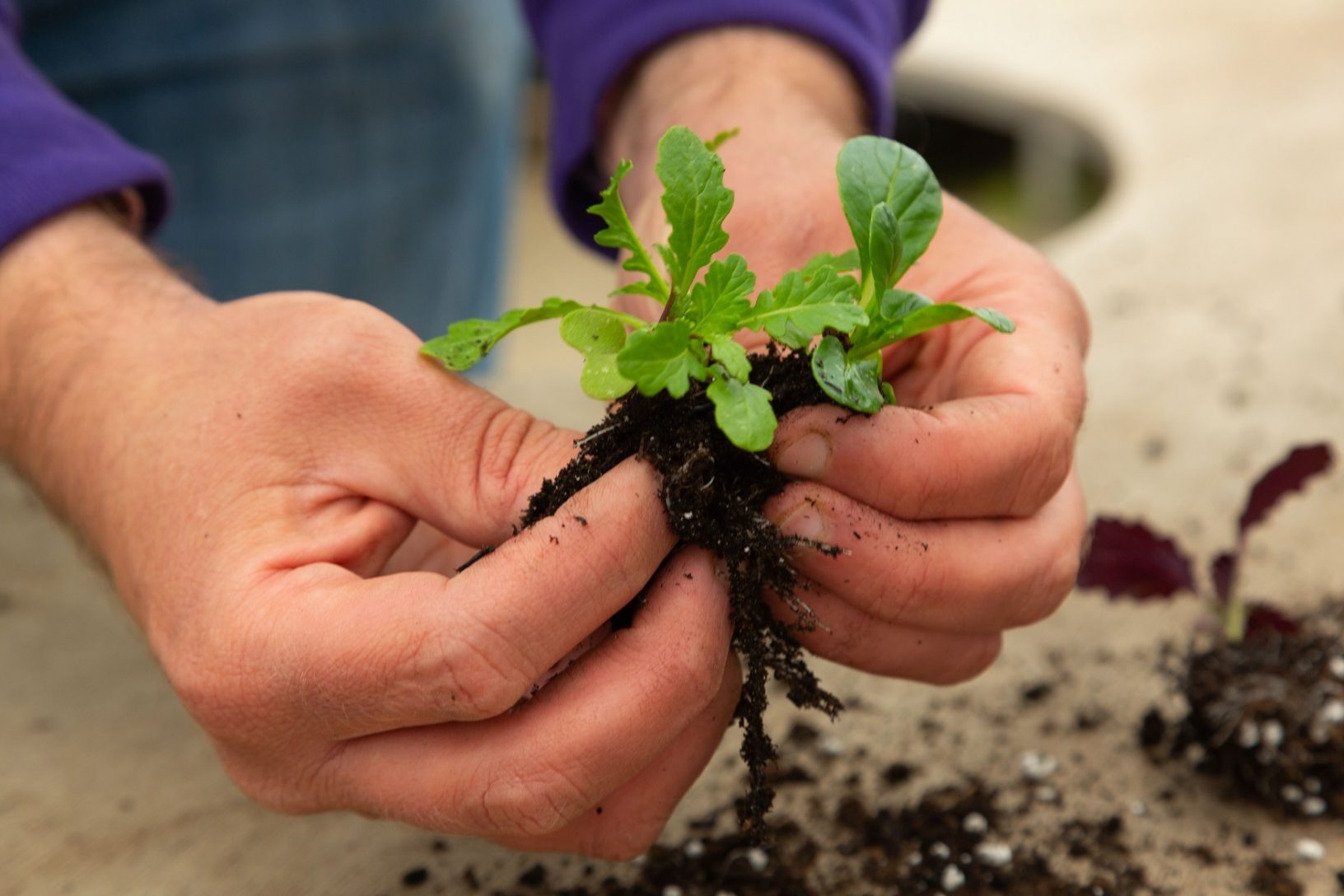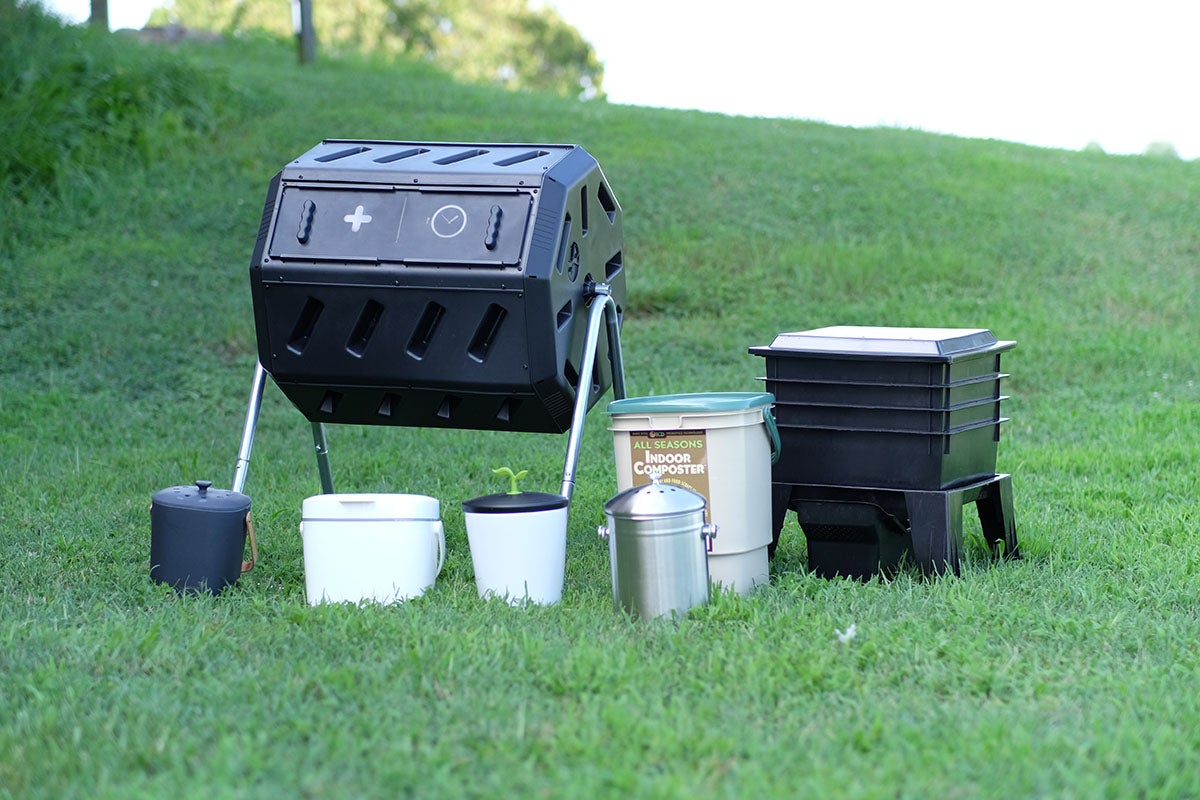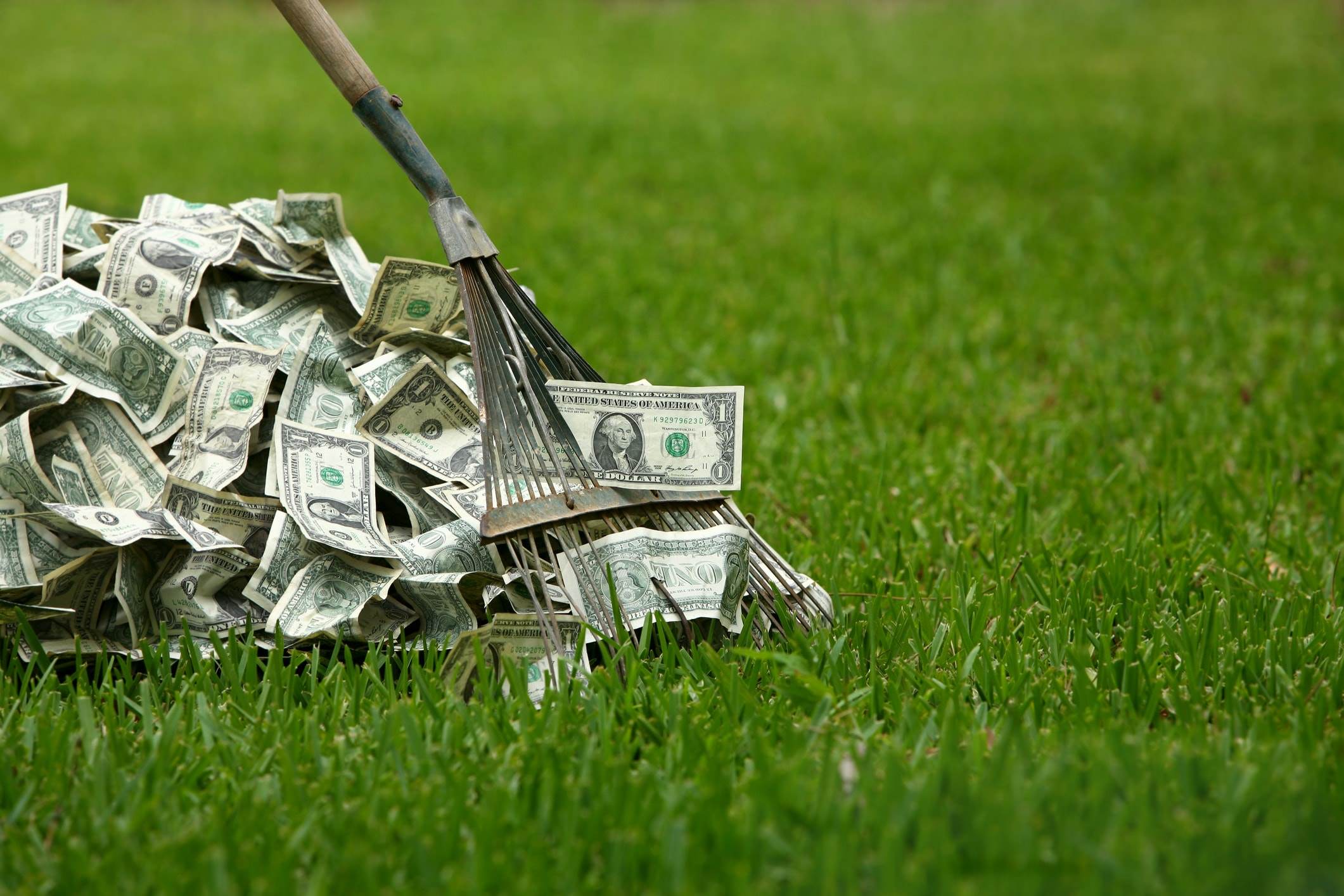Home>Gardening Basics>Getting Started>How Much To Sell Seedlings For
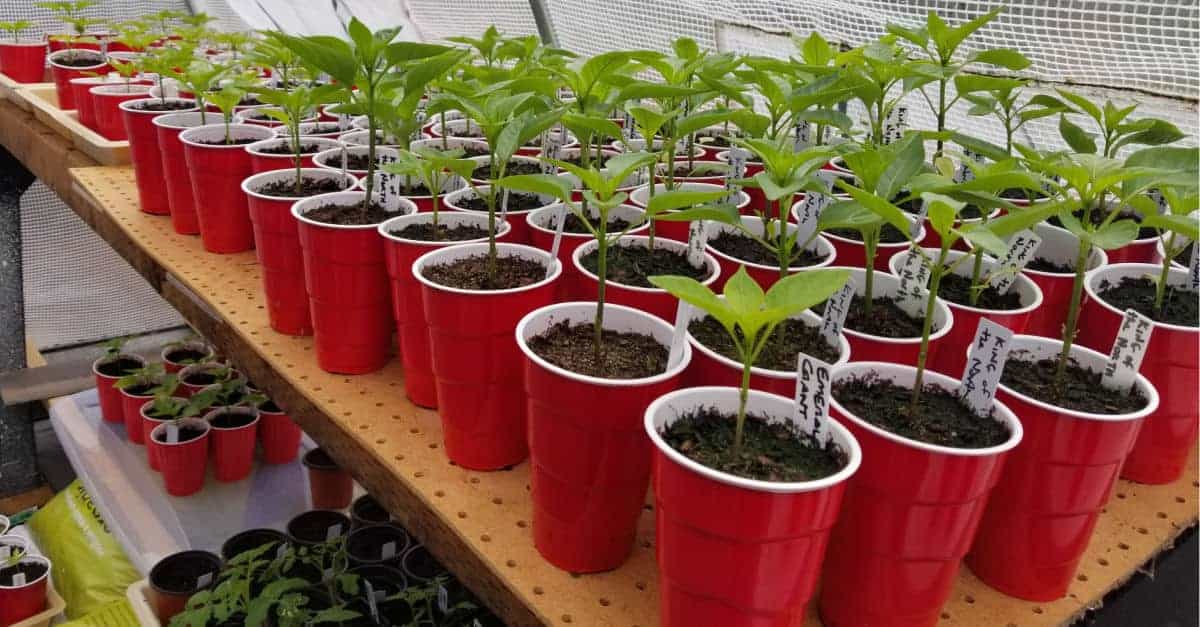

Getting Started
How Much To Sell Seedlings For
Published: January 6, 2024
Looking to start selling seedlings? Learn how to determine the right price and maximize your profits with our comprehensive guide. Get started today!
(Many of the links in this article redirect to a specific reviewed product. Your purchase of these products through affiliate links helps to generate commission for Chicagolandgardening.com, at no extra cost. Learn more)
Table of Contents
Introduction
Starting a seedling business can be a rewarding venture, offering the opportunity to nurture plants from their earliest stages and provide them to fellow gardening enthusiasts. However, determining the selling price for your seedlings can be a challenging task, as it involves considering various factors such as production costs, market demand, and desired profit margins. This article aims to guide you through the process of pricing your seedlings effectively, ensuring that your business remains competitive while yielding a satisfactory return on your investment.
Setting the right price for your seedlings is crucial for the success of your business. It requires a comprehensive understanding of the market, as well as a careful analysis of your production costs. By considering these factors and implementing a strategic pricing strategy, you can position your seedling business for growth and profitability.
Throughout this article, we will explore the key factors to consider when pricing seedlings, the importance of market research and analysis, methods for calculating costs, and strategies for setting a profitable selling price. Whether you are a seasoned horticulturist or just starting out in the world of plant cultivation, this guide will provide valuable insights to help you navigate the process of pricing your seedlings effectively. Let's delve into the essential considerations and strategies that will empower you to make informed pricing decisions for your seedling business.
Factors to Consider When Pricing Seedlings
When determining the selling price of your seedlings, it is essential to take into account several key factors that can significantly influence the pricing strategy. By carefully considering these factors, you can establish a competitive and sustainable pricing model for your seedling business.
- Production Costs: The expenses associated with producing seedlings, including seeds, soil, containers, utilities, labor, and overhead costs, directly impact the pricing structure. It is crucial to calculate the total production costs per unit to ensure that the selling price covers these expenses while allowing for a reasonable profit margin.
- Market Demand: Understanding the demand for specific types of seedlings in your target market is vital. Popular and in-demand plant varieties may command higher prices, while niche or specialty seedlings may require a different pricing approach. Analyzing market trends and consumer preferences can guide your pricing decisions.
- Competitive Landscape: Researching and assessing the pricing strategies of your competitors can provide valuable insights. By benchmarking your prices against those of similar seedling providers, you can position your offerings competitively while differentiating your business based on unique value propositions.
- Quality and Value: The quality and value of your seedlings, including factors such as plant health, size, and overall aesthetic appeal, play a crucial role in pricing. Customers are often willing to pay a premium for high-quality seedlings that are well-nurtured and exhibit desirable characteristics.
- Seasonal Variations: Seasonal fluctuations in demand and production can impact pricing dynamics. For example, certain plant varieties may be in higher demand during specific seasons, allowing for price adjustments to capitalize on market trends.
By carefully evaluating these factors, you can develop a comprehensive understanding of the market landscape and the intrinsic value of your seedlings, enabling you to establish a pricing strategy that aligns with market dynamics and customer expectations. The next step in the pricing process involves conducting thorough market research and analysis to inform your pricing decisions effectively.
Market Research and Analysis
Conducting thorough market research and analysis is a critical step in the process of pricing your seedlings effectively. By gaining insights into market trends, consumer behavior, and competitive pricing strategies, you can make informed decisions that will optimize the positioning of your seedling business within the market.
Market research involves gathering and analyzing data related to the demand for various types of seedlings, prevailing pricing structures, and consumer preferences. This can be accomplished through a combination of techniques, including surveys, interviews, and analysis of industry reports and market trends. By understanding the factors that drive purchasing decisions among your target audience, you can tailor your pricing strategy to align with consumer expectations and market dynamics.
Furthermore, competitive analysis plays a crucial role in shaping your pricing strategy. By evaluating the pricing models of your direct and indirect competitors, you can identify pricing gaps, assess the perceived value of their offerings, and determine how your seedlings can stand out in the market. This analysis can also reveal opportunities to differentiate your business based on factors such as product quality, customer service, and unique value propositions.
Seasonal variations and regional preferences should also be taken into account during the market research phase. Understanding the seasonal demand for specific plant varieties and recognizing regional preferences can inform pricing adjustments that capitalize on market trends and cater to the needs of your target customer base.
By integrating the findings of your market research and analysis into your pricing strategy, you can position your seedling business strategically, ensuring that your pricing aligns with market demand, consumer expectations, and competitive dynamics. The next step involves calculating the costs associated with seedling production to establish a solid foundation for determining the selling price of your offerings.
Calculating Costs
Accurately calculating the costs associated with seedling production is a fundamental aspect of establishing a sound pricing strategy. By comprehensively evaluating the expenses involved in nurturing and preparing seedlings for sale, you can ensure that your selling price covers these costs while allowing for a reasonable profit margin.
The cost calculation process encompasses various elements, including direct and indirect expenses. Direct costs pertain to the specific resources and materials directly utilized in seedling production, such as seeds, soil, containers, fertilizers, and water. Additionally, labor costs associated with planting, watering, pruning, and maintaining the seedlings should be factored into the cost calculation, reflecting the time and effort invested in nurturing the plants.
Indirect costs, also known as overhead costs, encompass the broader expenses that contribute to the overall operation of your seedling business. These may include utilities, rent or mortgage for the production space, equipment maintenance, administrative expenses, and any other operational costs that are not directly tied to the production of individual seedlings.
It is essential to allocate these indirect costs proportionally across the total number of seedlings produced, allowing for a comprehensive understanding of the fully burdened cost per unit. By accurately accounting for both direct and indirect costs, you can determine the total production cost per seedling, providing a foundational basis for setting the selling price.
Moreover, incorporating a buffer for unforeseen expenses or fluctuations in input costs is prudent when calculating the overall production costs. This ensures that your pricing strategy accounts for potential variability in expenses, safeguarding your profitability in the face of unexpected cost increases.
By meticulously calculating the costs associated with seedling production, you can establish a clear understanding of the financial investment required to bring your offerings to market. This knowledge serves as a crucial building block for setting a competitive and sustainable selling price that reflects the value of your seedlings and supports the long-term success of your business.
Setting a Profit Margin
Establishing an appropriate profit margin is a pivotal component of your seedling pricing strategy, as it directly influences the financial viability and sustainability of your business. A well-defined profit margin ensures that your selling price not only covers production costs but also generates a sufficient return on investment, enabling your business to thrive and grow over time.
When determining the ideal profit margin for your seedlings, it is essential to consider the unique characteristics of your target market, the competitive landscape, and the perceived value of your offerings. A balance must be struck between setting a margin that allows for healthy profitability and one that remains attractive to potential customers.
Considerations such as the level of demand for your seedlings, the presence of competing products, and the overall pricing expectations within your market niche should inform your profit margin decisions. Additionally, evaluating the pricing strategies of your competitors can provide valuable insights into the prevailing profit margins in the industry, guiding you in setting a margin that aligns with market standards while differentiating your business based on value and quality.
Furthermore, the scalability and growth trajectory of your seedling business should be factored into the profit margin determination. While aiming for a competitive edge in the market, it is crucial to set a margin that allows for future expansion, reinvestment in the business, and the pursuit of long-term strategic goals.
Striking the right balance between competitiveness and profitability is key when setting a profit margin. While a higher margin may seem appealing from a financial perspective, it is essential to gauge its potential impact on customer perception and market positioning. Conversely, a margin that is too narrow may undermine the financial sustainability of your business in the long run.
By carefully assessing these factors and leveraging a strategic approach to profit margin setting, you can establish a pricing structure that not only supports the financial health of your seedling business but also resonates with your target audience, fostering customer loyalty and sustained growth.
Determining the Selling Price
After meticulously evaluating the factors influencing seedling pricing, conducting market research and cost analysis, and setting a viable profit margin, the next crucial step is determining the selling price for your seedlings. This pivotal decision integrates the insights gained from the preceding steps, culminating in a pricing strategy that reflects the value of your offerings while remaining competitive in the market.
The selling price should encapsulate the total production costs per seedling, the desired profit margin, and considerations of market demand and competitive positioning. By incorporating these elements, you can arrive at a price point that aligns with the perceived value of your seedlings and resonates with your target customer base.
One approach to determining the selling price involves a cost-plus pricing model, where the total production cost per unit is calculated, and the desired profit margin is added to arrive at the selling price. This method ensures that all expenses are covered while allowing for a predetermined level of profitability.
Alternatively, value-based pricing takes into account the perceived value of your seedlings in the eyes of your customers. By assessing the unique attributes, quality, and benefits of your offerings, you can set a price that reflects the value they deliver to consumers. This approach leverages the differentiation and competitive advantages of your seedlings to justify a price that aligns with their perceived worth.
Dynamic pricing strategies, such as tiered pricing based on plant size or rarity, promotional pricing for seasonal offerings, or volume-based discounts, can also be employed to cater to diverse customer segments and capitalize on market trends.
Moreover, flexibility and responsiveness to changing market dynamics are essential when determining the selling price. Regularly revisiting and adjusting your pricing strategy based on shifts in demand, input costs, and competitive activities can ensure that your seedling business remains agile and adaptable in the marketplace.
By integrating the insights gained from cost analysis, market research, and profit margin considerations, you can establish a selling price that reflects the value of your seedlings, supports the financial sustainability of your business, and resonates with your target audience. This strategic pricing approach positions your seedling business for success and growth in a competitive market landscape.
Conclusion
Effectively pricing your seedlings is a multifaceted endeavor that requires a deep understanding of market dynamics, production costs, and the value of your offerings. By carefully considering factors such as production costs, market demand, competitive landscape, and profit margins, you can develop a strategic pricing strategy that positions your seedling business for success.
Market research and analysis play a pivotal role in informing your pricing decisions, providing valuable insights into consumer behavior, competitive pricing models, and seasonal variations in demand. By leveraging these insights, you can tailor your pricing strategy to align with market expectations and capitalize on emerging opportunities.
Accurately calculating the costs associated with seedling production is fundamental to establishing a solid foundation for pricing. By meticulously evaluating direct and indirect expenses, as well as factoring in potential cost fluctuations, you can ensure that your selling price covers all production costs while allowing for a reasonable profit margin.
Setting a profit margin that strikes a balance between competitiveness and sustainability is essential. By considering market dynamics, customer perceptions, and long-term business goals, you can establish a margin that supports profitability while maintaining a compelling value proposition for your customers.
When determining the selling price for your seedlings, integrating the insights gained from cost analysis, market research, and profit margin considerations is paramount. Whether employing a cost-plus pricing model, value-based pricing, or dynamic pricing strategies, the selling price should reflect the value of your offerings and resonate with your target audience.
In conclusion, pricing your seedlings effectively requires a strategic and holistic approach that considers the intricate interplay of market forces, production costs, and competitive positioning. By embracing a dynamic and informed pricing strategy, you can foster the growth and sustainability of your seedling business while delivering compelling value to your customers.
